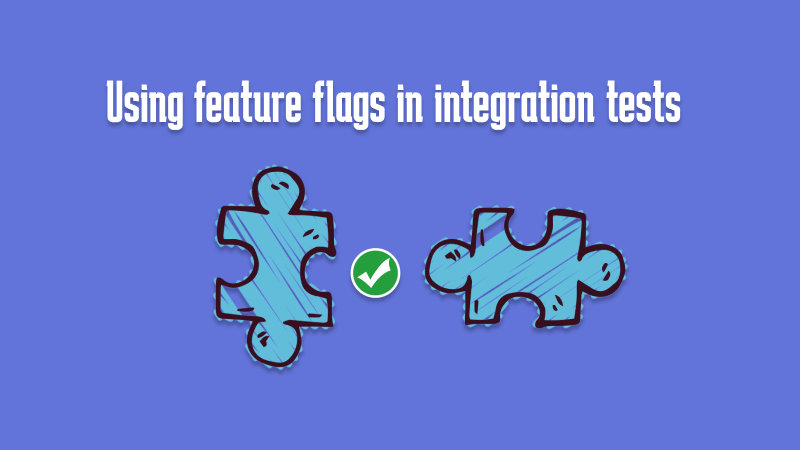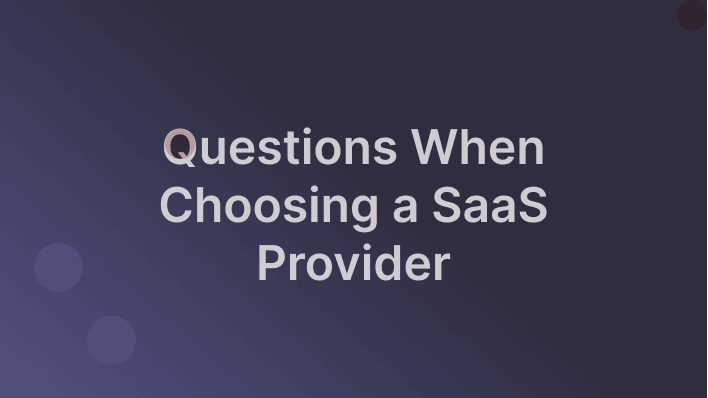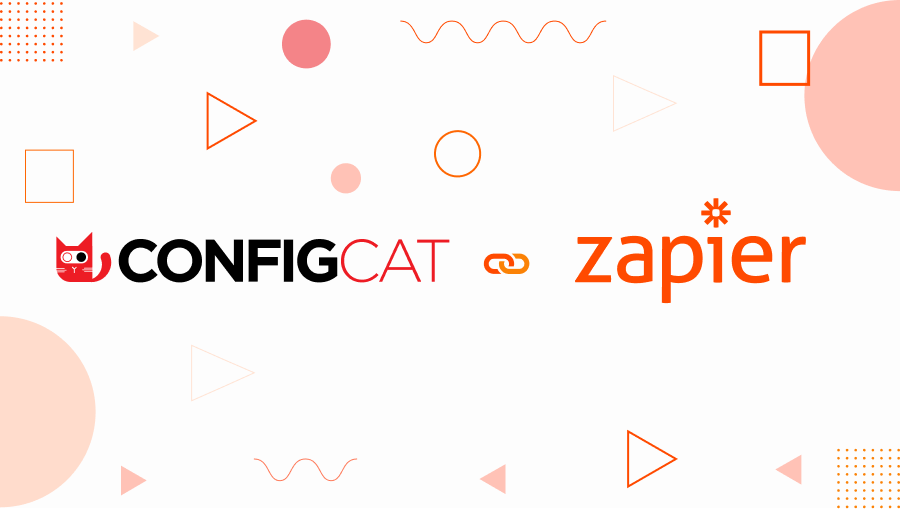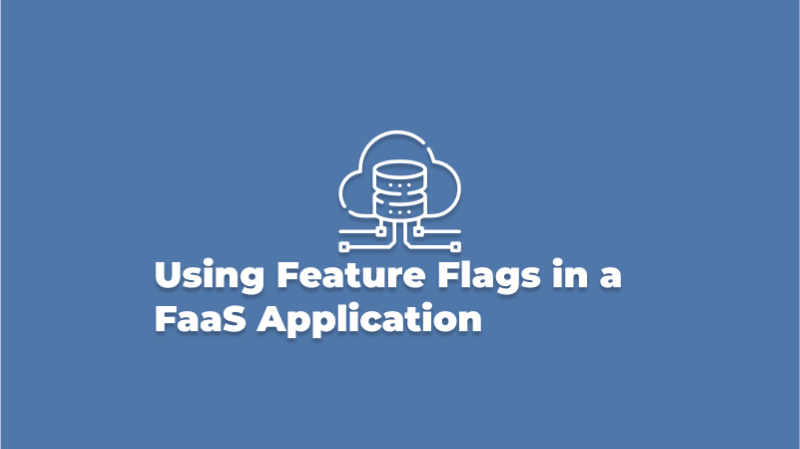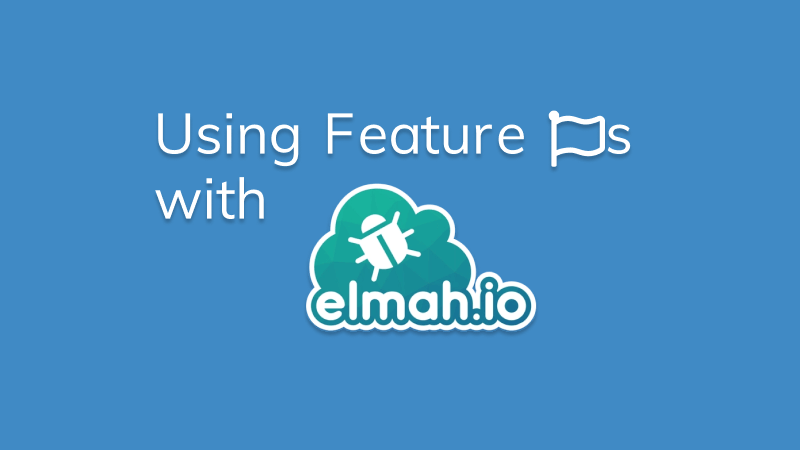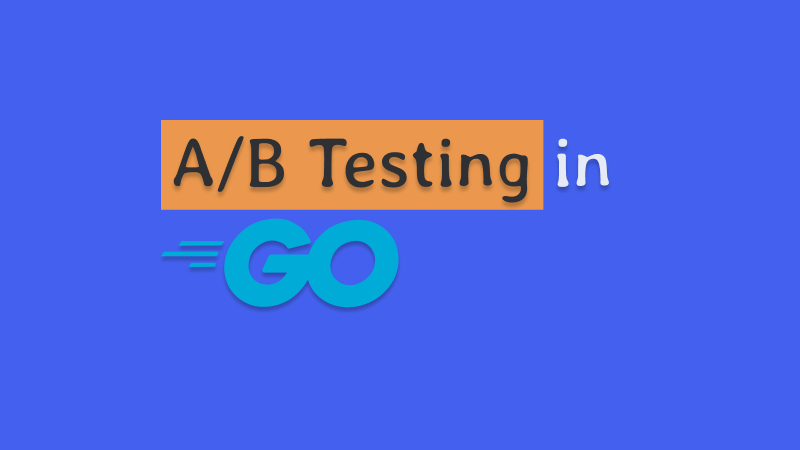Integration Testing with ConfigCat's Public API
Feature flags are essential for effective feature release and management. Using them, we can control what features end users can see and which should remain hidden. Feature flagging allows developers to plan, launch and test new features remotely without editing code. While these benefits are fantastic, what about code testing? Having some methods in place for testing the integration of feature flags in our code can increase the likelihood of smooth feature integrations.
